 To help and support our clients we are providing a limited number of 250 daily discount codes. Hurry, first come, first served!
To help and support our clients we are providing a limited number of 250 daily discount codes. Hurry, first come, first served!
TOGAF® Training FAQs

Why we're the go to training provider for you
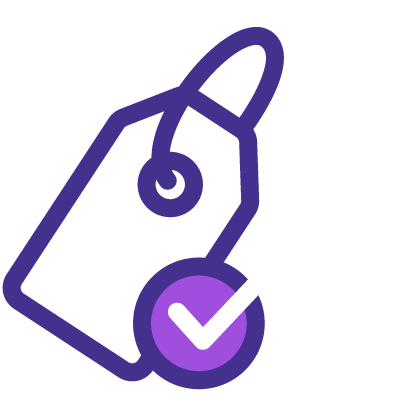
Best price in the industry
You won't find better value in the marketplace. If you do find a lower price, we will beat it.

Trusted & Approved
This training course is accredited by The Open Group

Many delivery methods
Flexible delivery methods are available depending on your learning style.

High quality resources
Resources are included for a comprehensive learning experience.




"Really good course and well organised. Trainer was great with a sense of humour - his experience allowed a free flowing course, structured to help you gain as much information & relevant experience whilst helping prepare you for the exam"
Joshua Davies, Thames Water



Looking for more information on TOGAF® Training
 Most Asked TOGAF Interview Questions
Most Asked TOGAF Interview Questions TOGAF Business Architecture - A Detailed Explanation
TOGAF Business Architecture - A Detailed Explanation Is TOGAF Certification Useful? Explained in Detail
Is TOGAF Certification Useful? Explained in Detail Top 8 TOGAF Architecture Principles
Top 8 TOGAF Architecture Principles TOGAF vs. ArchiMate: What's the Difference?
TOGAF vs. ArchiMate: What's the Difference? TOGAF Terminology - A Comprehensive Guide
TOGAF Terminology - A Comprehensive Guide  Understanding the TOGAF ADM Phases - A Complete Guide
Understanding the TOGAF ADM Phases - A Complete Guide






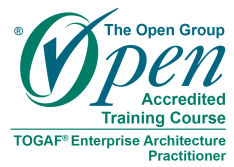



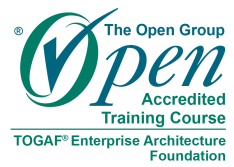
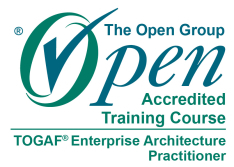
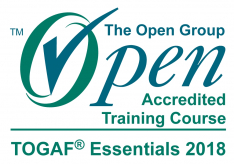
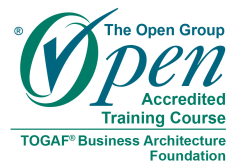






 If you wish to make any changes to your course, please
If you wish to make any changes to your course, please


